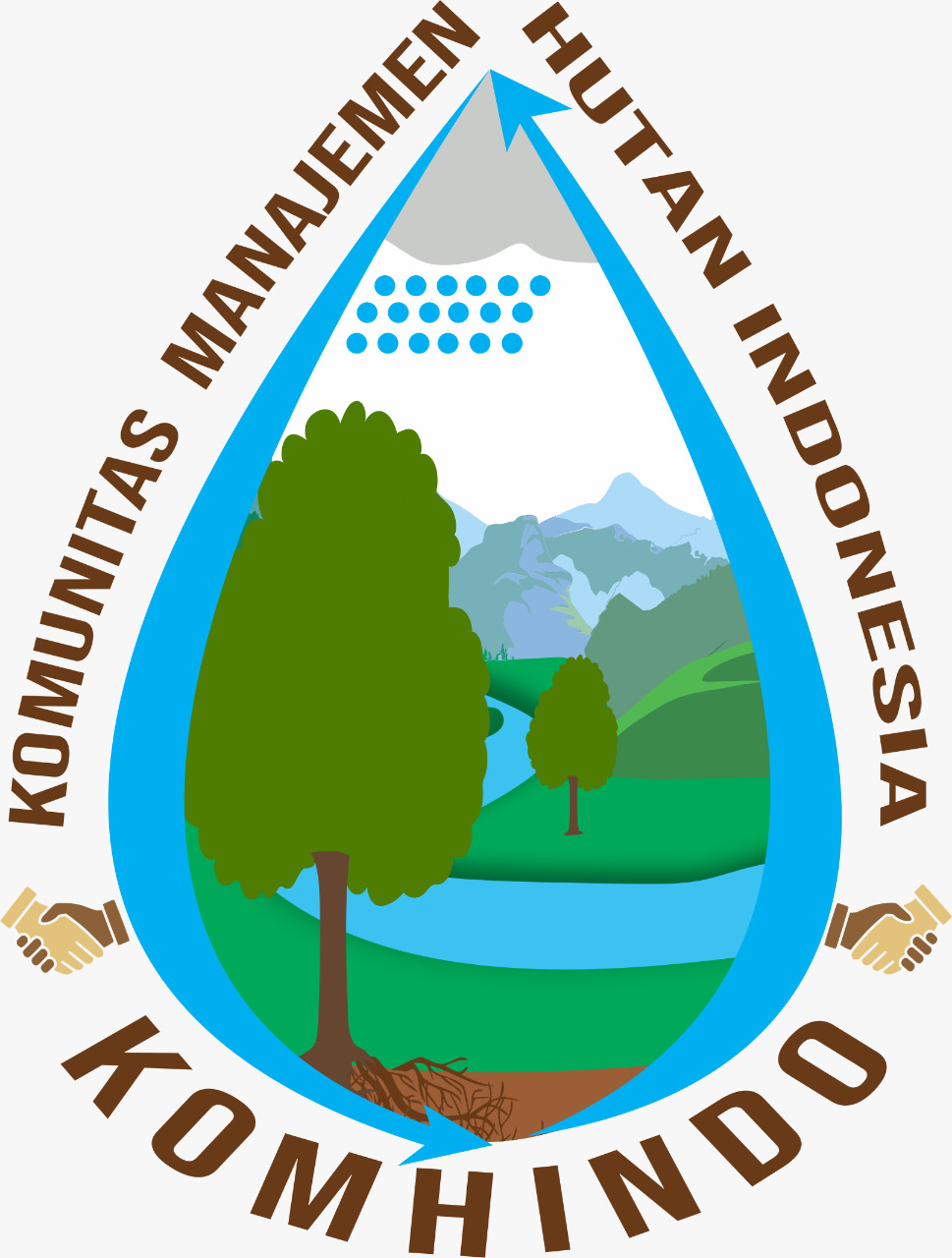INVENTARISASI DAN IDENTIFIKASI HASIL HUTAN BUKAN KAYU DI SUNGAI JERNIH DI KESATUAN PENGELOLAAN HUTAN PRODUKSI (KPHP) MERANTI UNIT IV
Efrizoni Efrizoni, Lulu Yuningsih, Noril Milantara
Abstract
This research aims to inventory and identify the type of any species of non-timber forest products recorded (classification and nomenclature, morphology and value the benefits of species) timber forest in clear river protected forest. Research conducted at the Clear River Protected Forest Production Forest Management Unit (KPHP) Meranti Musi Banyuasin for 2 (two) months. Sampling method Sampling is done by sistematic. Selection of sample clusters based on the classification of types of land cover interpretation of the image by using GIS software. The intensity of sampling to be used is 0.025% with consideration of available medium resolution satellite imagery. Plots to be used refer to the manual survey natural forest and cultivated plants providing local communities with extensive plot of 0.1 ha plot with rectangular shape (20x50) meter. From the results, five classes of land cover in the Landsat 2015 ie dry land forests of primary, secondary dry land forests, plantations, Shrublands, Land open. Based on observations in the field of primary dry forest in protected forests KPHP Clear River Meranti is not a group but a primary dry forest secondary forest dry land. Type Timber Forest in protected forest Sungai Rotan Clear ie ants (Korthalsia echinometra Becc), Rattan dahanan (Korthalsia nets J. Dransf), Rotan Shrimp (Korthalsia robusta Blume), Pasak Bumi (Eurycoma longifoia), Samak Pandan (Pandanus tectorius), Palm Serdang (Livistona rotundifolia), Rubber (Hevea brasiliensis). Timber forest dominant type of rubber (Hevea brasiliensis) in the Primary forest land cover, Shrublands, Plantations with density values (K) at 55, 86, 280 trees / ha had the highest number compared to other types Timber Forest others. Potential Timber Forest largest in secondary forest land cover.
DOI:
https://doi.org/10.32502/sylva.v5i1.425
Refbacks
- There are currently no refbacks.
Indexed by:






Contact Person:
Delfy Lensari, S. Hut, M. Si
Jurnal Sylva: Ilmu-ilmu Kehutanan
Forestry Program Study, Faculty of Agriculture, Universitas Muhamamdiyah Palembang
JL. Jend.A.Yani 13 Ulu Palembang, South Sumatra, Indonesia
Tel. (+62)711-511731; Email: jurnalsylvaump@gmail.com; Website: https://jurnal.um-palembang.ac.id/sylva

This work is licensed under a Creative Commons Attribution 4.0 International License






1.png)






